Burning Rate of Wood: A Physics Lab Experiment Analysis
VerifiedAdded on 2022/09/26
|5
|732
|33
Practical Assignment
AI Summary
This physics assignment examines the burning rate of wood, a crucial factor in fire growth modeling and the structural endurance of wooden materials. The report delves into the experimental investigation of wood's burning rate, focusing on mass loss, heat release, and charring rates. The introduction highlights the importance of understanding wood's combustion properties due to its widespread use and fire risk. The assignment then explores the pyrolysis theory, discussing the production of charcoal, gases, and vapors under varying temperature conditions. The theory presents equations to calculate the mass burning rate per unit area and the relationship between heat flux and mass loss, providing a framework for analyzing experimental data. The assignment refers to the effective gasification heat and the impact of external flux on the burning process. The report includes references to relevant sources, supporting the theoretical concepts and experimental approaches discussed.
1 out of 5
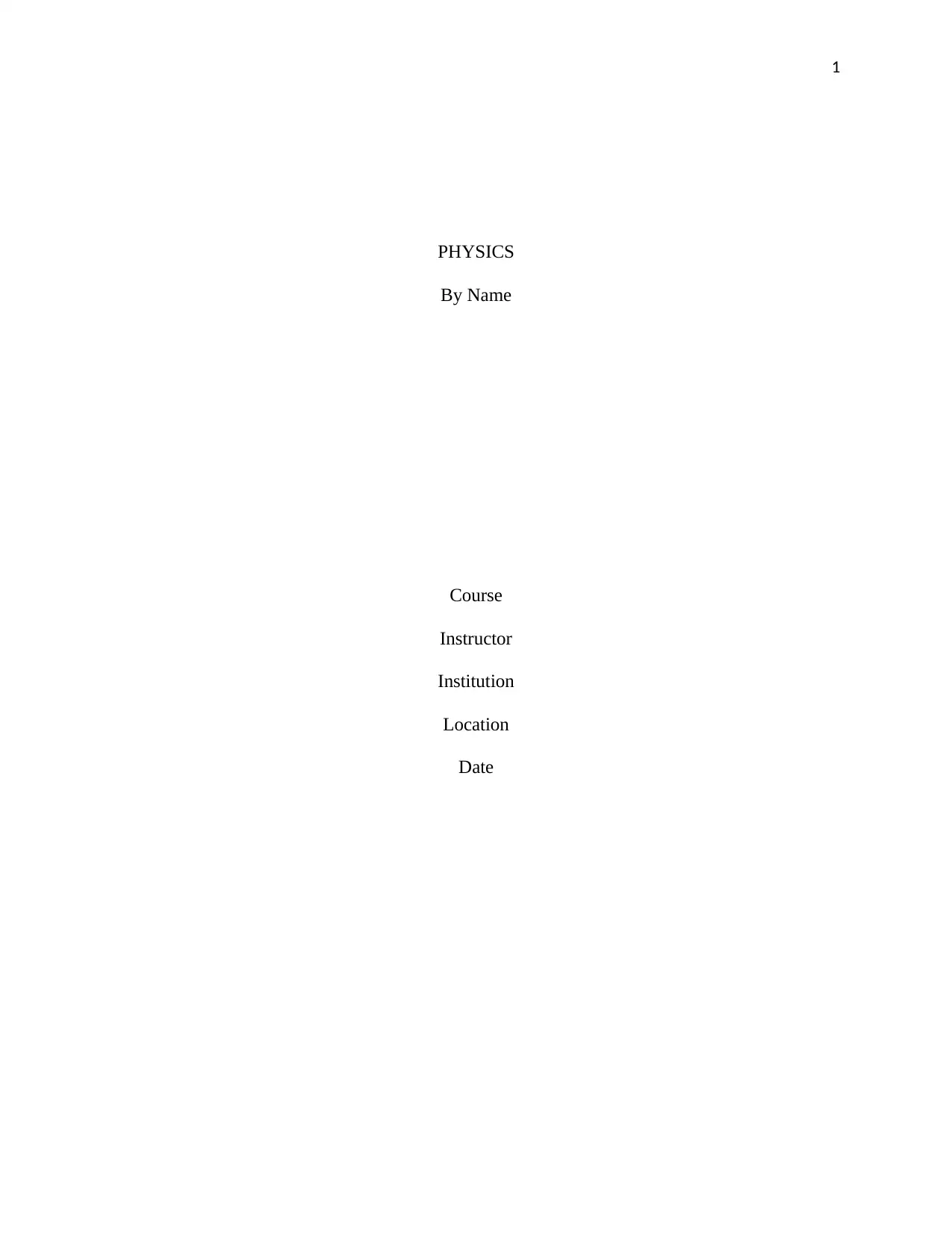
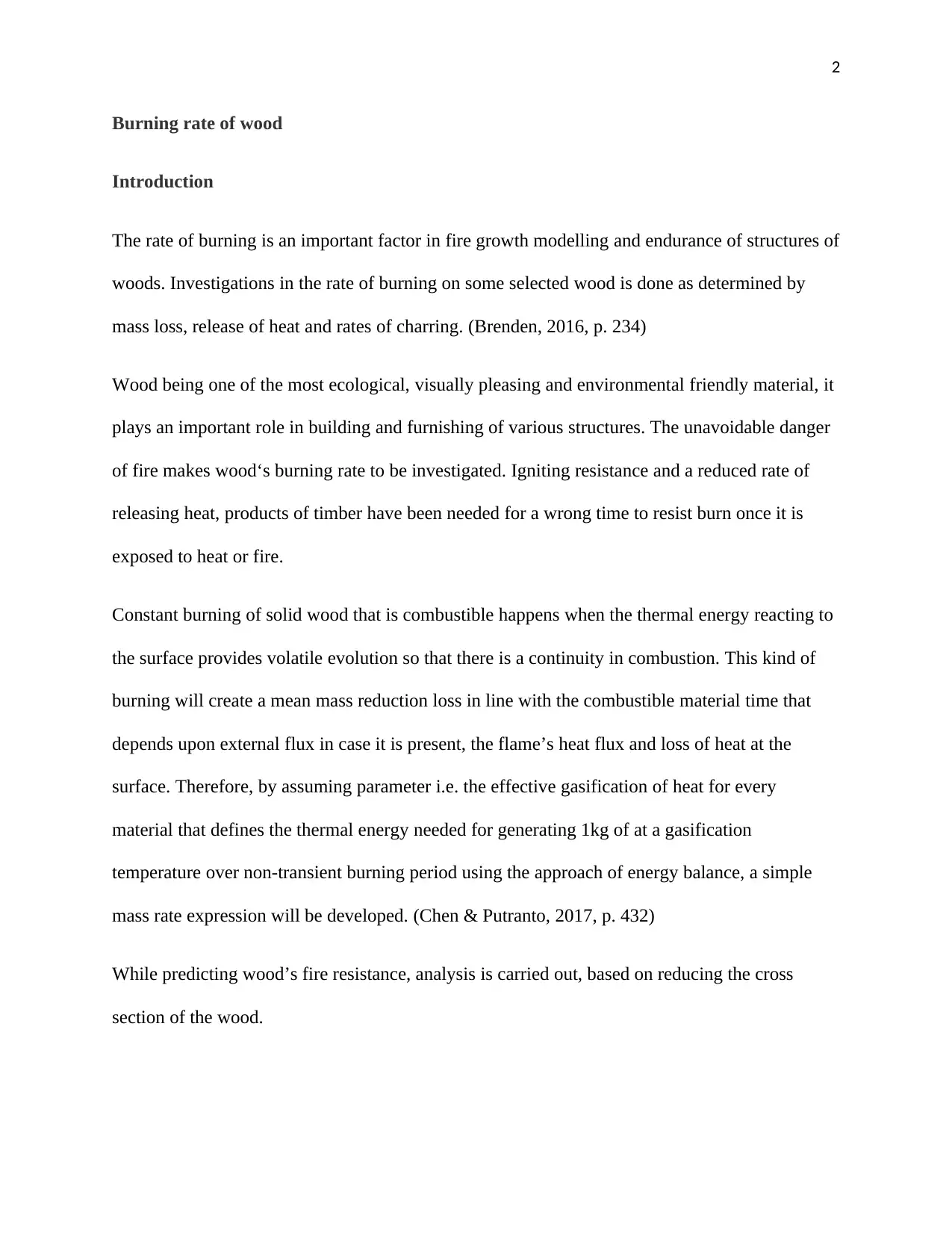
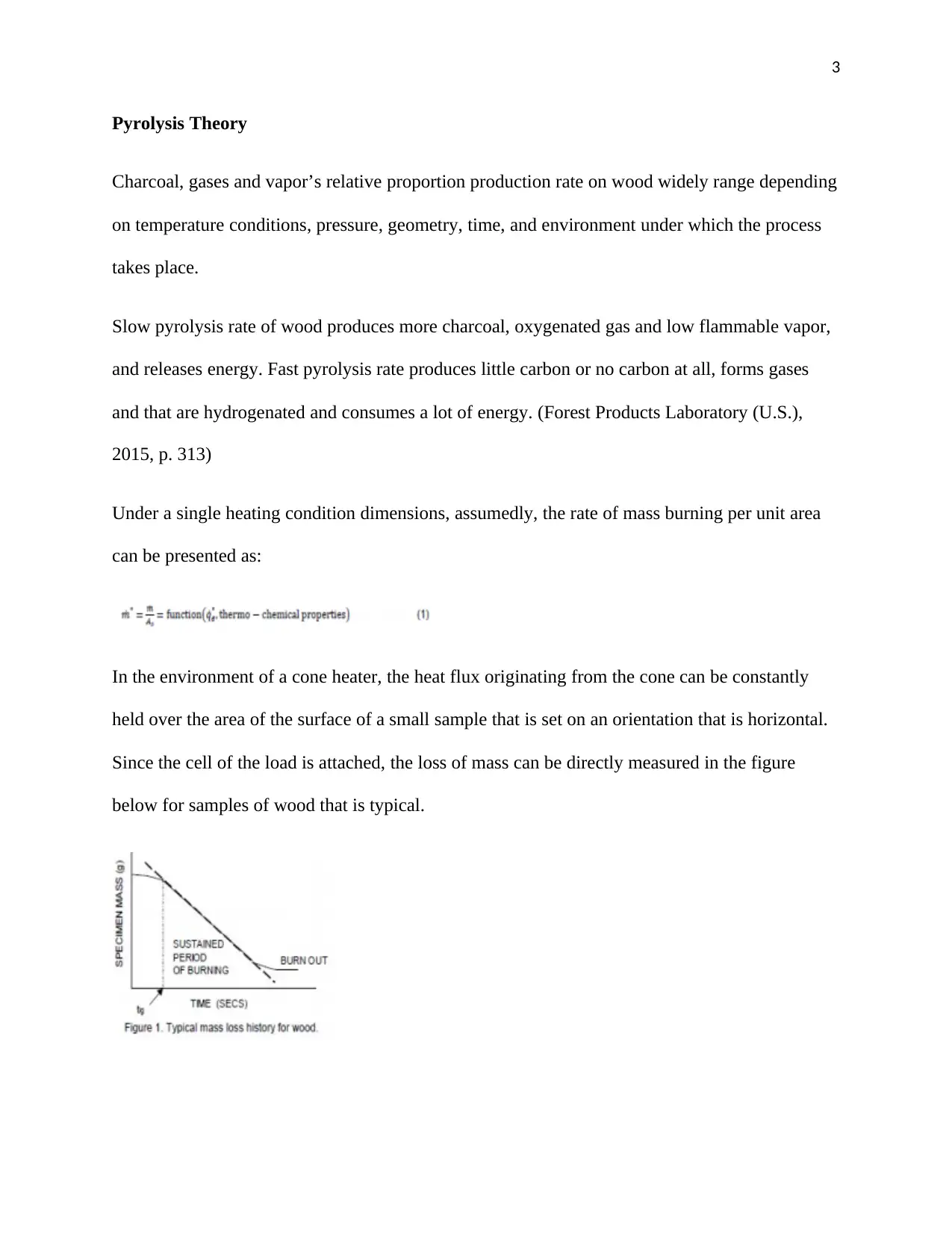

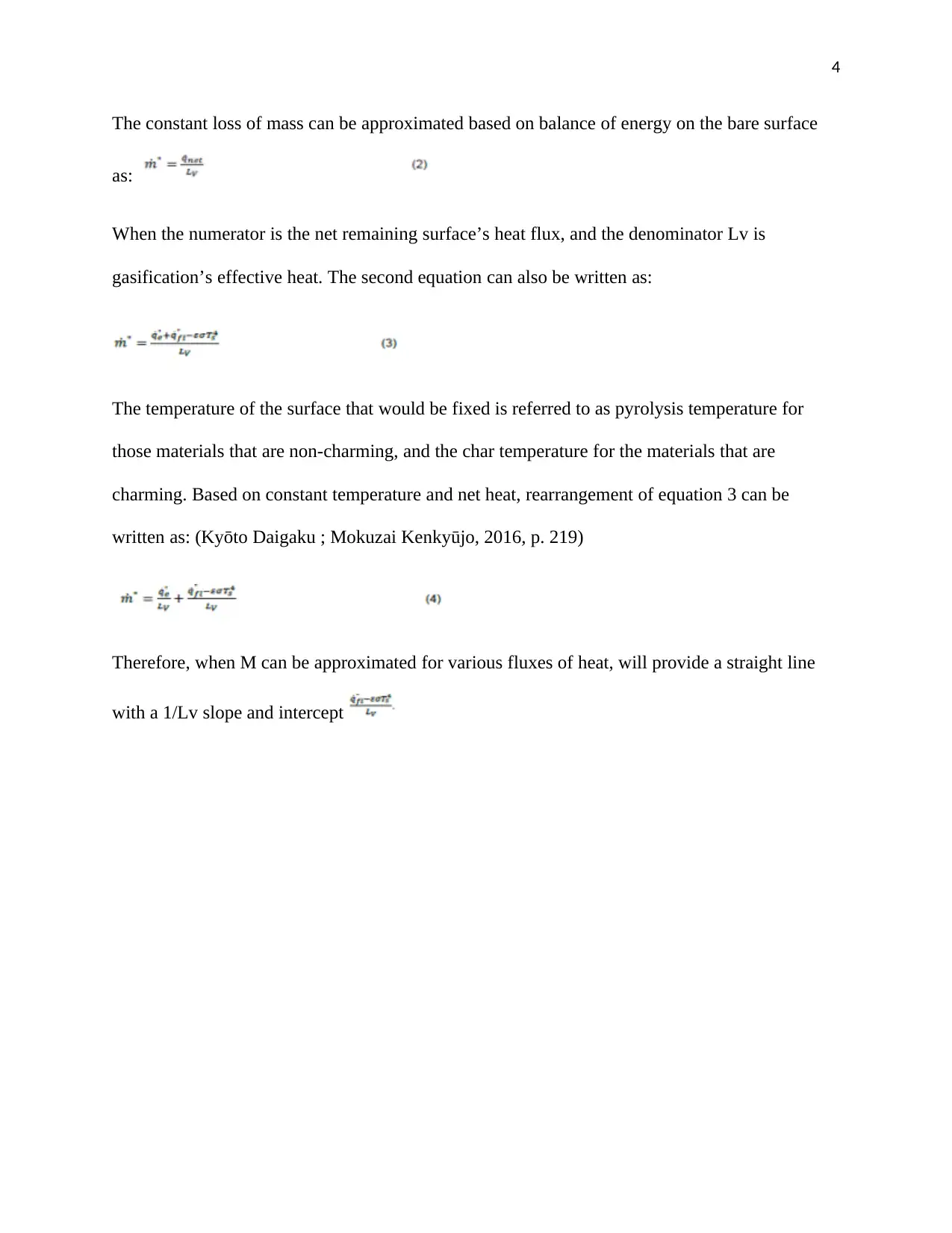
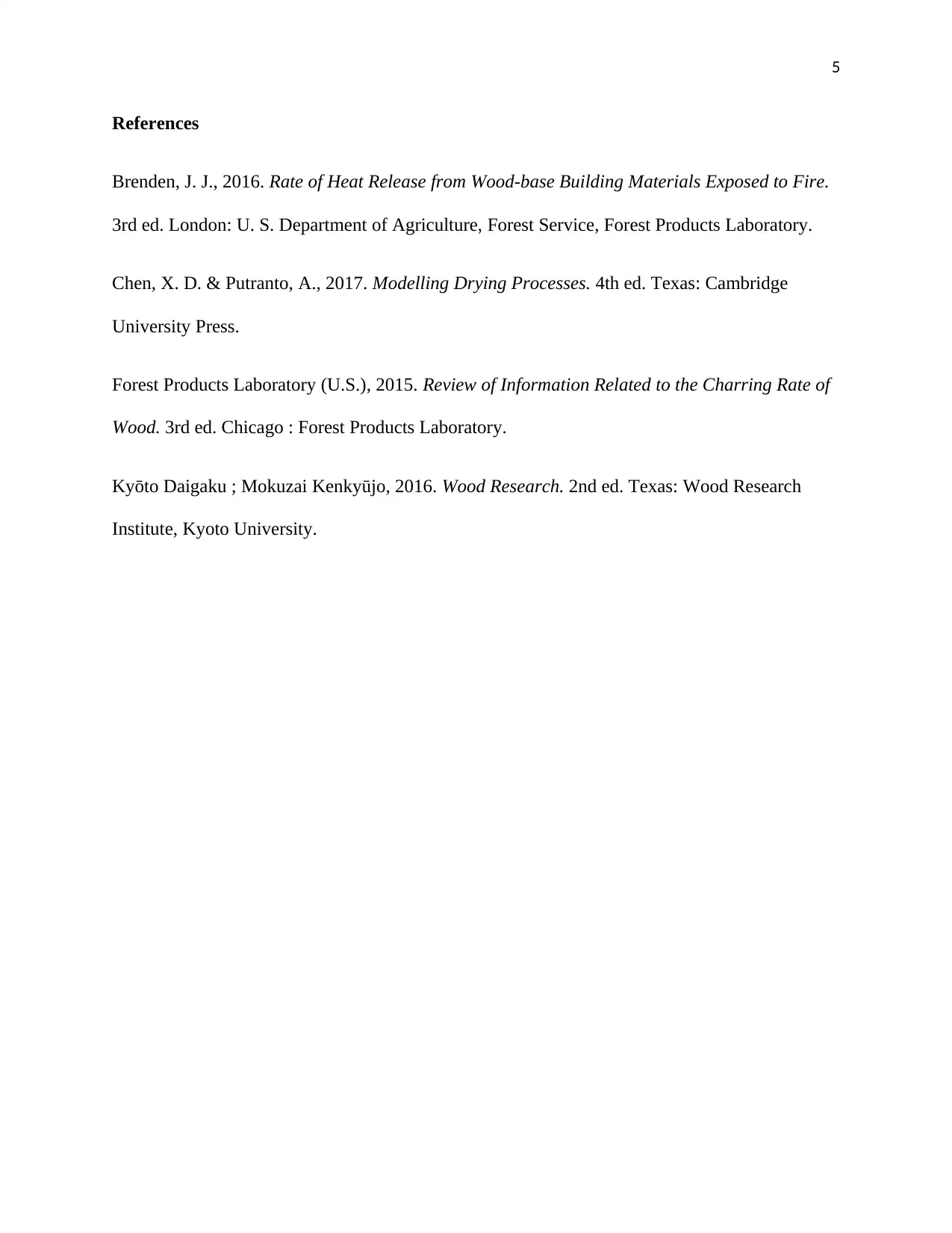




![[object Object]](/_next/static/media/star-bottom.7253800d.svg)